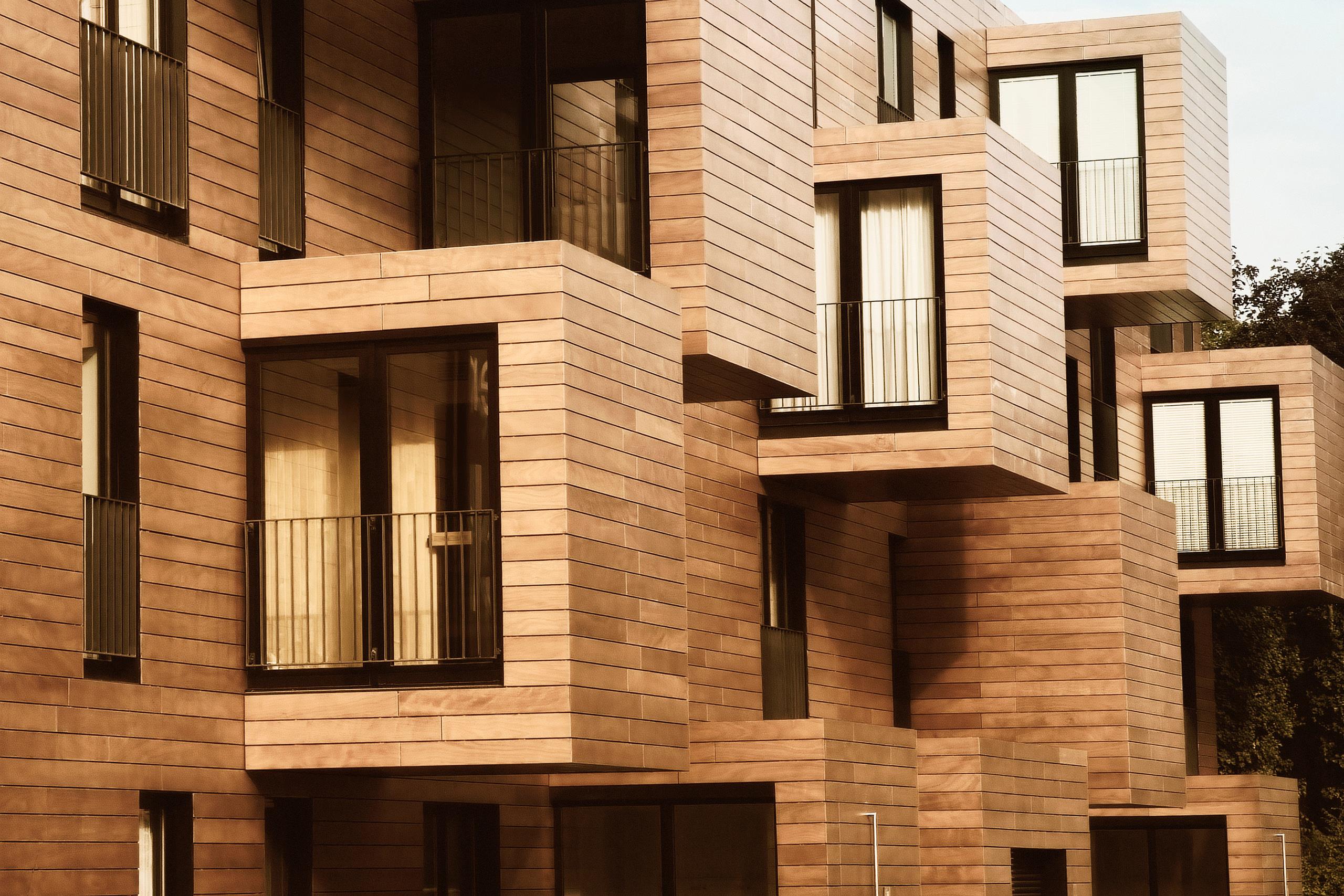Enabling net zero through the circular economy
Bethan Hutchinson and Mimi Zimmer, Graduate carbon management consultants
Our physical spaces shape us: we cannot move through society without being influenced by our built environment. As such, the infrastructure sector has a great role to play in the transition to a net-zero economy.
People may envisage achieving a net zero economy through an electrified energy system in harmony with a decarbonised grid. While deploying renewable energy will address operational carbon, reaching net zero requires more.
Embedded within our built environment is a significant amount of embodied carbon. How do we reduce these emissions, while simultaneously honouring the development needs of our cities and countries? The circular economy is a key part of the answer.
The circular economy is fundamentally about recovering lost value and resources through systems that are regenerative by design. The infrastructure sector, by virtue of its material intensity, is uniquely situated to drive this economic transformation. At Mott MacDonald, we have long highlighted that embedded carbon is embedded cost. By implementing circular economy principles, not only can we help our clients identify new value streams, but we can dramatically reduce the carbon that is embodied in our projects.
Designing out disposal
Circular economy is often defined in terms of a departure from a linear ‘take, make, dispose’ business model. The infrastructure sector is being challenged to design out the ‘dispose’ element by innovating in the early stages. To help the built environment transition to a circular economy, we need to ask: how are we going to source materials to recover lost value; and how are we going to design our products so that their value is captured at the end of their life?
The first question challenges the standard approach to design, namely using cost and resource-intensive virgin materials. A circular system means smarter methods of procurement and an understanding of the value in what others may view as ‘waste’. We are beginning to see new markets emerging within infrastructure: markets for building materials derived from agricultural and consumer waste streams, markets for the reuse of excess construction materials and markets for refurbished or remanufactured products, among many more. The infrastructure sector can innovate and exert influence at the procurement phase by considering circular choices.
The second question centres around the design stage of infrastructure projects. By designing with the next product cycle in mind, companies can reduce the need to ‘take’ in the future and decrease demand for more virgin material down the line
PAS2080, the carbon management standard for infrastructure, underscores the impact of posing these two questions. By presenting a hierarchy of carbon reduction options - build nothing, build less, build smart, build efficiently - it is clear that the greatest potential for impact is at early design and procurement stages.
Laying the groundwork in infrastructure
As we enter the net zero conversation, we are beginning to see leaders within the infrastructure sector embrace innovation and disruption by employing circular economy principles.
Innovators are asking: how can we design for modularity? How can we support the development of novel construction materials? Is it possible to incorporate existing structures into designs? What can we gain by retrofitting instead of rebuilding, and are we prioritising multifunctionality?
Answering these questions will challenge norms, cut carbon and support the ambition of reaching net zero. As we set our sights on 2050, the innovations we embed today will be the enablers of deep decarbonisation.
We are running our 7th annual Carbon Crunch event on 27 November 2019 at the Institution of Civil Engineers in London, for invited guests. Please get in touch with mark.crouch@mottmac.com, maria.manidaki@mottmac.com or kim.yates@mottmac.com if you would like to attend.




